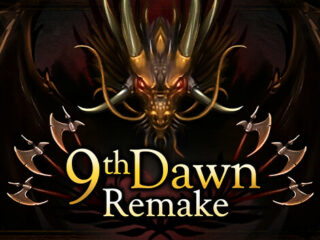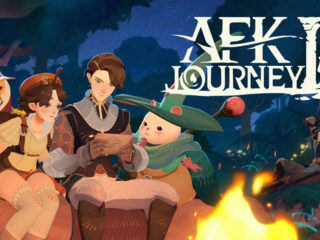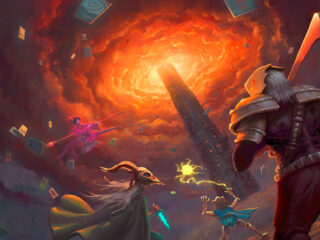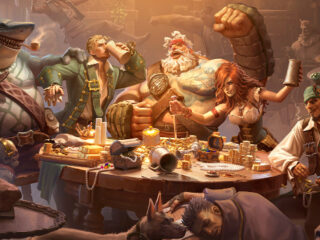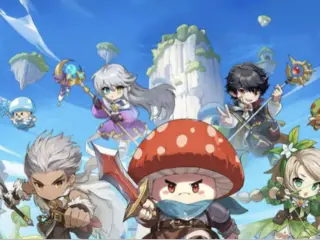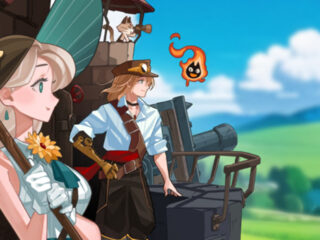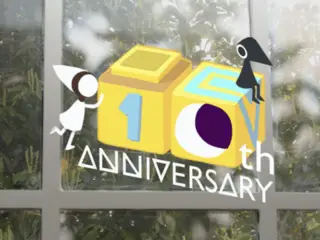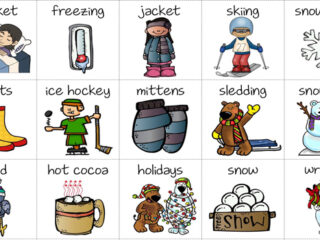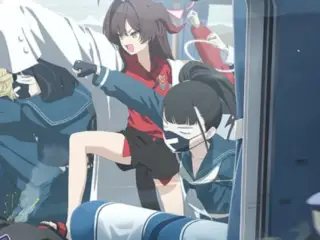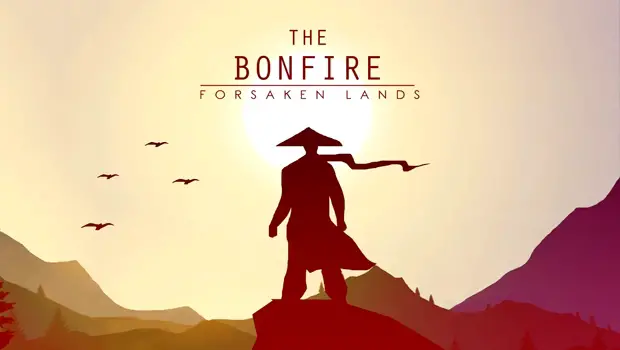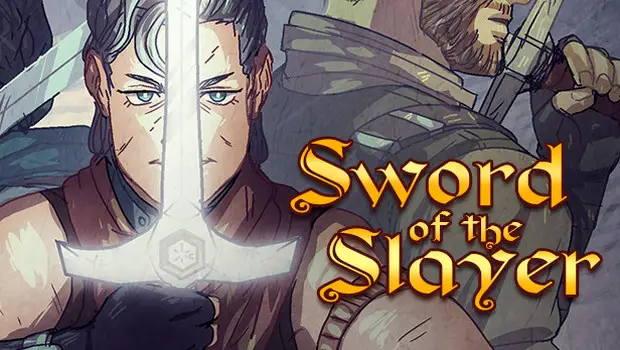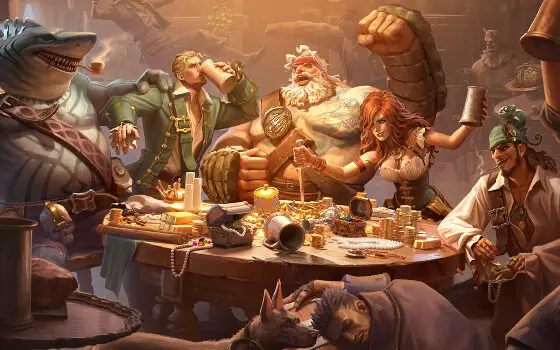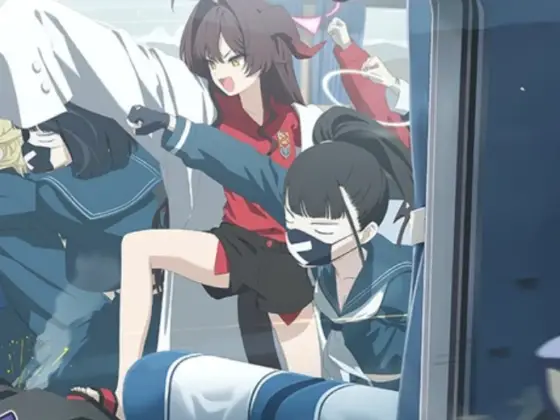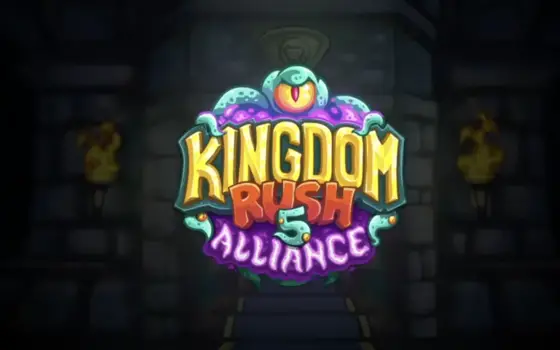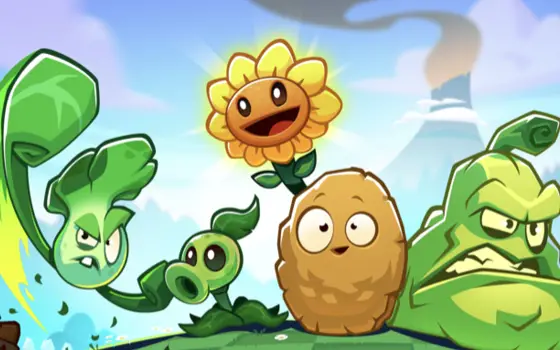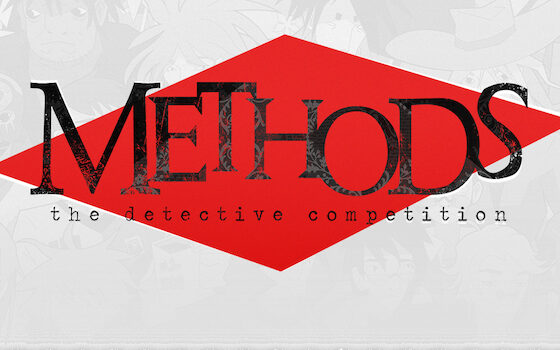A Gorgeously Detailed World That Falls Flat.
FredBear Games’ The Bonfire: Forsaken Lands asks a tried and true video game question. What challenges appear when developing a settlement within a mystical and barren land?
The game kicks off without much background information, jumping straight into action. You play a nameless wanderer that inhabits a snowy and desolate world. He finds a plot of land and builds a bonfire that is visible from miles away. Within seconds, wanderers begin to trickle in, asking for food and shelter, joining your camp and helping you maintain it. At night, when workers are resting, an assortment of creatures attack camp. The game’s fight mechanics are kept simple, made up of an ‘attack’ function that harms the enemy until the battle is either won or lost.
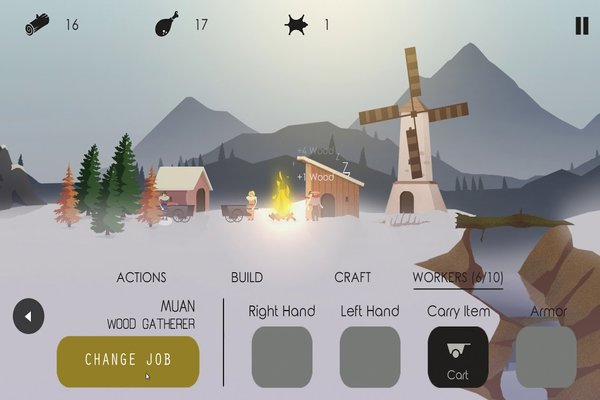
The Bonfire’s setting and mechanics are nothing new, but the art and animation are gorgeous. Game play is ruled by a clock, with day and night dictating productivity levels, times where progress is saved and moments of vulnerability. During the first couple of minutes of playthrough, survival doesn’t take much work. Your player can usually kill the lone wolves that attack with the help of a wanderer. As your camp grows larger, with more tools and people, so do your challenges. Attacks will now feature packs of different creatures, requiring some foresight and preparation for better odds of survival.
Beautiful Artwork Can’t Make up for Stock Gameplay.
The best aspect of The Bonfire is its attention to detail. As the seasons change, powerful snowstorms pop up, taking a toll on your player and workers. These storms affect your camp’s productivity, making workers crouch and move slowly in order to shield themselves from the cold. It’s a simple twist that makes for a richer experience, frustrating players who like to make the most out of each second spent with a game.
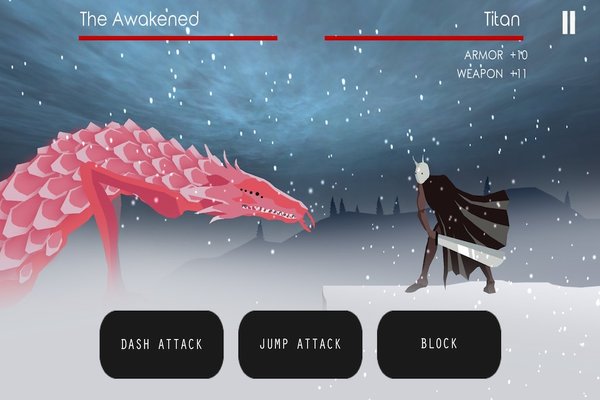
Every wanderer that visits your camp has a name and some stats that inform you of their productivity levels. At first, they are all exhausted and hungry. After spending a night in camp, they grow stronger, and it’s one of the games’ most rewarding experiences. Sadly, this mechanic isn’t all that explored. Although wanderers have names and traits, their looks are stock and I couldn’t tell one apart from the other.
As the game progresses your possibilities expand, granting you more tools and crafting options that try to keep you engaged. The expansion of the map is one of the best additions, granting glimpses of a deeper world-building. Still, these additions are not enough to justify The Bonfire’s slow pace. The game drags on and there’s a feeling of irrelevance to your decisions, a fatal flaw for a strategy title.
It’s a shame that such beautiful and distinct art goes to waste, and that the game’s customization and decision making options are so peripheral. In a better game, The Bonfire: Forsaken Lands’ mystique would be the cherry on top of an enveloping base building game, allowing you to spend hours invested in your character’s survival and on understanding the world’s mythos. As it stands, however, the game is just a decent diversion that takes up a couple of hours to complete and forget.
Hardcore?
Kind of...
The Bonfire: Forsaken Lands asks intriguing questions and creates a world you want to spend more time in. Sadly, the gameplay is trite and the bulk of the game is slow-paced and ultimately unfulfilling.
